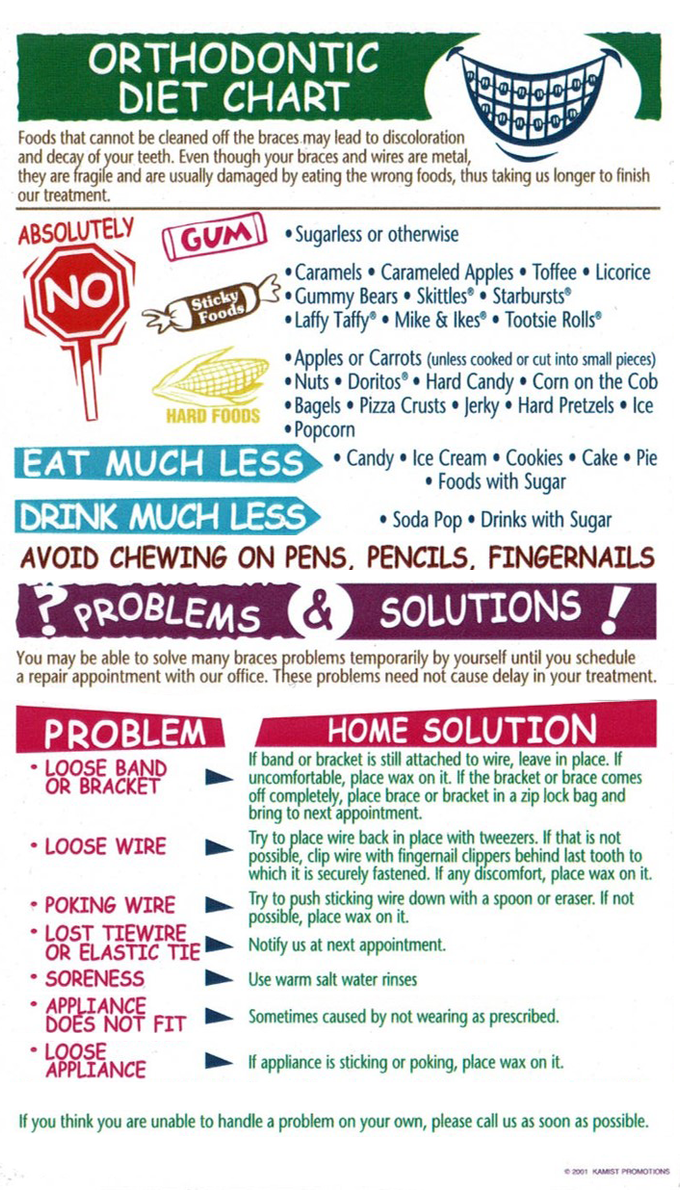Orthodontic Services
We know the value of a healthy smile. Our priority is ensuring that yours lasts a lifetime.
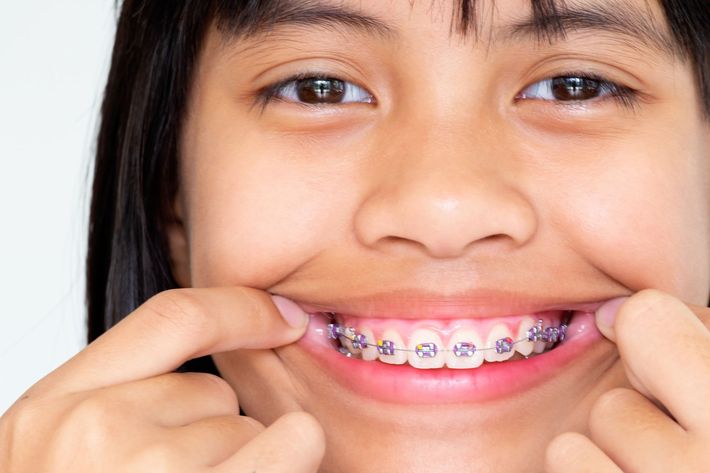
Traditional braces
Traditional metal braces are the most common type of brackets. They are more comfortable today than ever before. Made of high-grade stainless steel.
Metal braces are the most versatile and durable option.
You have the option of adding colored elastics (rubber bands) for a more unique and colorful smile to match your personality.
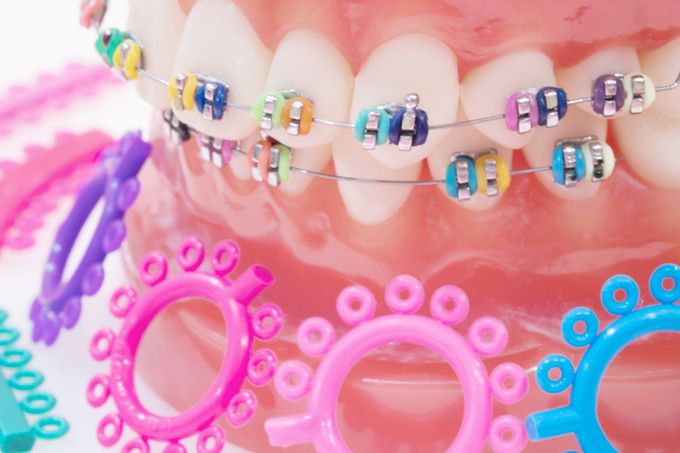
Clear braces
Clear braces are another option for our patients. They are made of a clear material and therefore less visible than metal brackets. For this reason, clear braces are used mainly on older teenagers and adults who have cosmetic concerns.
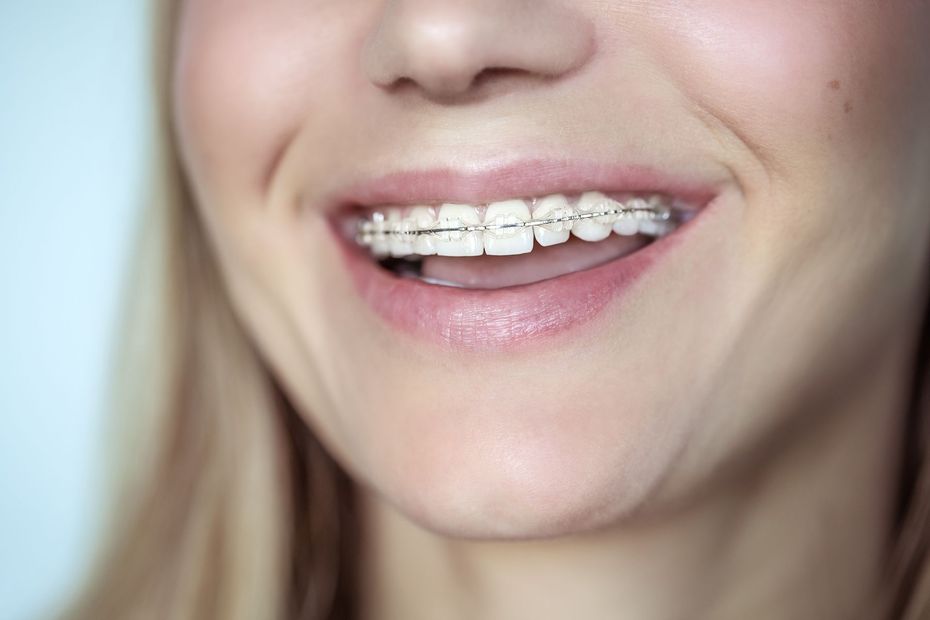
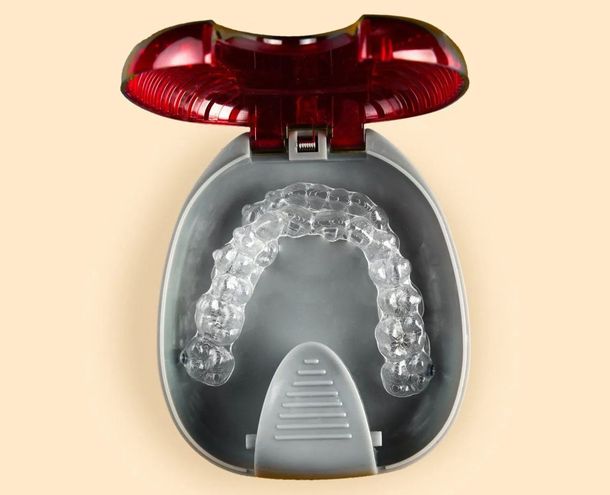
Aligners
Clear aligners are a series of invisible, removable, and comfortable acrylic trays which straighten your teeth like braces.
Early Treatment (Dentofacial Orthopedics)
Dentofacial orthopedics are best applied in the growing patient. This typically occurs as an early phase of treatment around the age of eight. Expanders and functional appliances are used to correct skeletal discrepancies by redirecting facial growth.
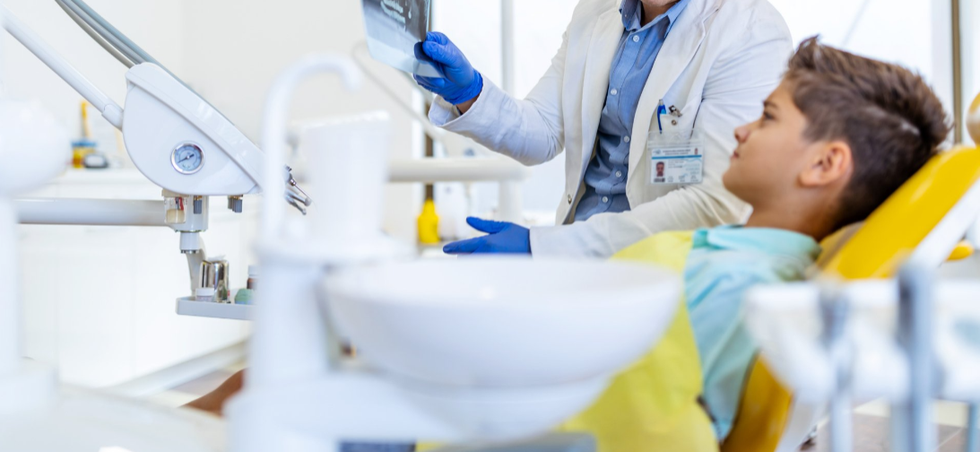
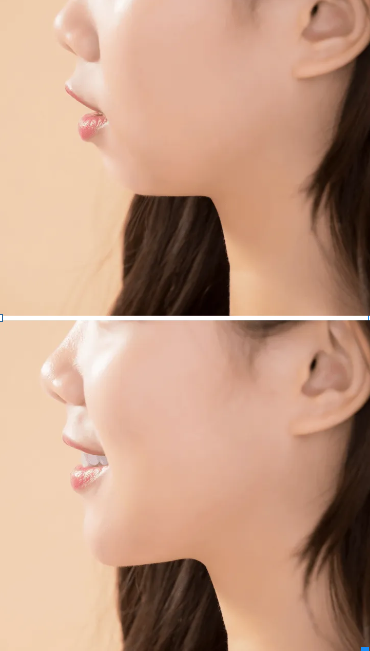
Surgical Orthodontics
Most patients with misaligned teeth or malaligned jaws can be successfully treated with orthodontic treatment.
Jaw development in a growing child can be guided to improve tooth alignment. Sometimes orthodontics alone are not enough to correct problems with teeth or jaws. This is when a surgical approach may be needed.
We work together with oral and maxillofacial surgeons on orthognathic surgery cases.
FAQ
-
Can I walk in without making an appointment in advance?
Describe the item or answer the question so that site visitors who are interested get more information. You can emphasize this text with bullets, italics or bold, and add links.
-
How do I contact the clinic during off-hours?
Describe the item or answer the question so that site visitors who are interested get more information. You can emphasize this text with bullets, italics or bold, and add links. -
Which insurance providers do you work with?
Describe the item or answer the question so that site visitors who are interested get more information. You can emphasize this text with bullets, italics or bold, and add links. -
Can I pay for services in installments?
Describe the item or answer the question so that site visitors who are interested get more information. You can emphasize this text with bullets, italics or bold, and add links.



